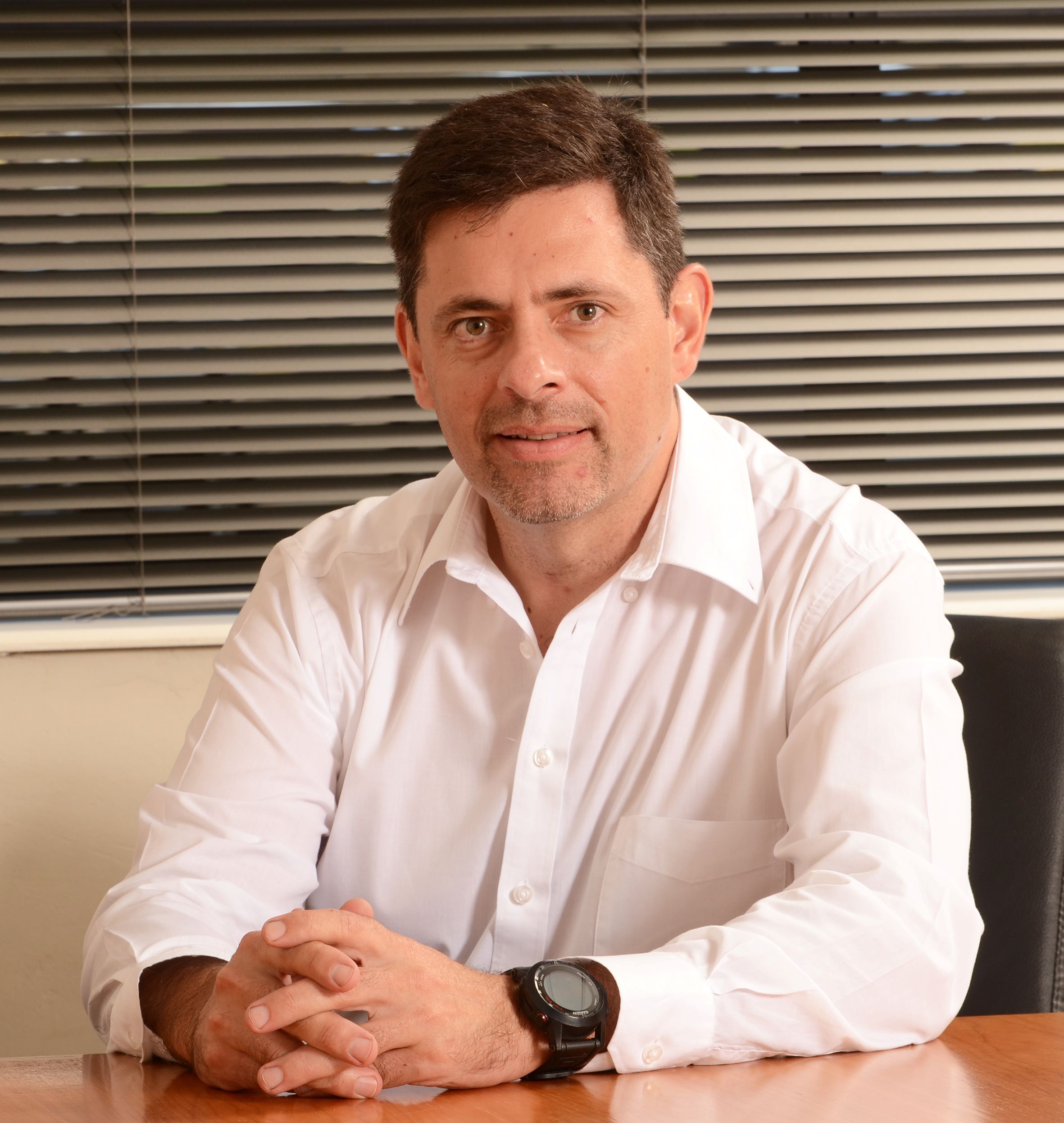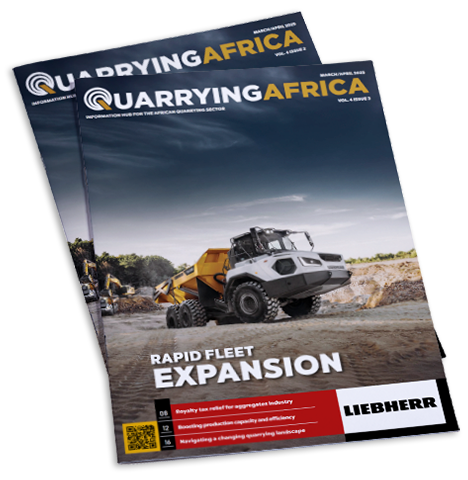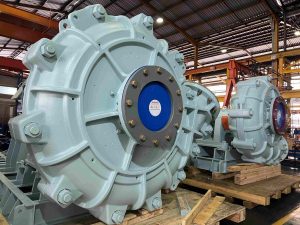JSE-listed Bell Equipment (Bell), a leading global manufacturer, distributor and exporter of a wide range of heavy equipment for the construction, mining, quarrying, sugar and forestry industries, has released interim results for the period ended 30 June 2023.
Leon Goosen, CEO of Bell, says that strong demand in most markets resulted in the group performing well and continuing to grow, delivering an overall pleasing result. “We are particularly pleased about the sales growth during the period in the North American market,” he says.
He explains that operating conditions were challenging, with ongoing supply chain issues and staff shortages in Germany, which constrained growth and the ability to fully capitalise on market demand. The planned increase in production volumes to meet higher customer demand, certain component shortages from suppliers and shipping delays from South Africa resulted in higher levels of components, work in progress and finished machines inventory and consequently higher interest bearing liabilities and gearing at half year-end. Although the inventory value in Rands is up R1,1-billion since 31 December 2022, inventory days are similar at 220 days at the end of June 2023 compared with 210 days at the 2022 year-end.
Goosen says that suppliers are being managed carefully and, where inventory shortages have impacted production, buffer stock of certain components have been increased. “Once consistency in supply is demonstrated we will be able to revert to normal inventory levels for these components,” he explained.
“High global inflation and input cost increases experienced throughout 2022 also continued to impact margins and the financial results in the first half of 2023. In addition, the Rand weakened sharply against major currencies between the December 2022 year-end and the end of June 2023. Although a weaker Rand is generally favourable for the group over the long term, it is challenging to respond to significant, sudden Rand depreciation over a short period,” Goosen indicates.
Revenue for the period under review increased by 42% to R6 004,3-million (2022: R4 229,3-million) with profit from operating activities being 74% higher at R535,9-million (2022: R307,8-million). Profit for the period showed a 66% improvement to R348,9-million compared to R210,3-million in the previous interim period. Headline earnings per share increased by 63% to 343 cents per share (2022: 210 cents per share). In line with the previous year and to allocate cash for growth targeted and inventory investment, the Board opted not to declare an interim dividend.
Goosen adds that new product development is progressing well and that in April this year, the group officially notified the market of the development of its latest product, the Bell motor grader, which attracted significant market excitement, with customers and dealers being able to experience the motor grader first-hand in preparation for the launch in late 2024. The prototype graders have been operating with great success in various applications.
“It has been pleasing to see the improvements in efficiency and performance identified during the design stage being confirmed in practice on the ground on job sites,” Goosen says.
Interest in the group’s autonomous-ready E-series articulated dump truck (ADT) continues to gain traction, with more applications adopting the technology in several of Bell’s markets, where pilot testing is taking place with some customers.
“The ease with which third-party guidance systems can be integrated into the standard truck platform, positions Bell as an obvious choice for applications that want to move in this direction. Labour shortages and decreased personnel risk in dangerous applications are the more common drivers of demand for these autonomous products.”
Operational update
The South African OEM business experienced a positive period, with an increased production rate, driven by a recovery in demand based on commodity prices. “The dealer network has been expanded and the migration to an independent dealer model has proven beneficial,” Goosen says. He indicates that a slight easing, but by no means a full recovery, of supply chain has allowed for the catch-up in planned production.
The European OEM business continued to benefit from North American and UK market activity and similarly a slight easing of supply chain challenges allowed for some production to be caught up.
Direct sales from South Africa benefitted from strong commodity demand, but the construction and road-building sectors remained weak. Goosen adds that third party product distribution is proving to be a great fit and invigorates the offering to the South African market. “In this segment, ADT demand surpassed expectations and contributed significantly. As a result, stock holding has increased to cater for this market demand with an order book to support.”
Similarly, direct sales into the rest of Africa improved on the back of strong copper and emerald growth.
Board change
When asked about his resignation announced on 10 July 2023, Goosen indicates that the board appreciates this advance notice and will now complete its current evaluation of the benefits of potential changes to the group’s operating structure before deciding on a new appointment.
This process will be completed expeditiously so as not to compromise the company’s strategic positioning. He adds that he and the Group Executive Committee will ensure that strategies are implemented to continue the path for growth and long-term sustainability. He reiterates that updates will be communicated in due course.
Outlook
Although global markets and the group’s order book are currently strong, the group is sensitive to an increasing possibility of markets softening. Europe could see some reduction in demand for ADT’s with the Russia/Ukraine conflict potentially moving country-specific post-COVID-19 stimulus packages from infrastructure spending to military assets.
Goosen also indicates that the completion dates for some larger infrastructure projects in Europe have been moved out, resulting in a reduced demand for earthmoving equipment.
Load shedding, availability of vessel space for finished ADT products, and the funding required for the long working capital cycle to import components and material from the Northern Hemisphere continue to challenge the South African manufacturing operation.
In closing, Goosen indicates that the group will continue with its plan to produce more of the ADT product in its German facility which is positioned closer to suppliers and the larger markets, such as North America where demand is strong.
“This is part of a project to ensure the overall resilience and sustainability of the group. The critical need for simple logistics routes has been clearly demonstrated over the last few years. New and existing products less affected by these challenges will continue manufacturing in the South African plant.”






